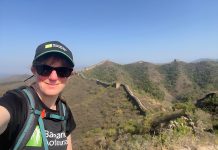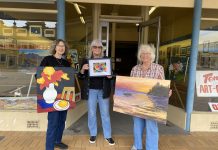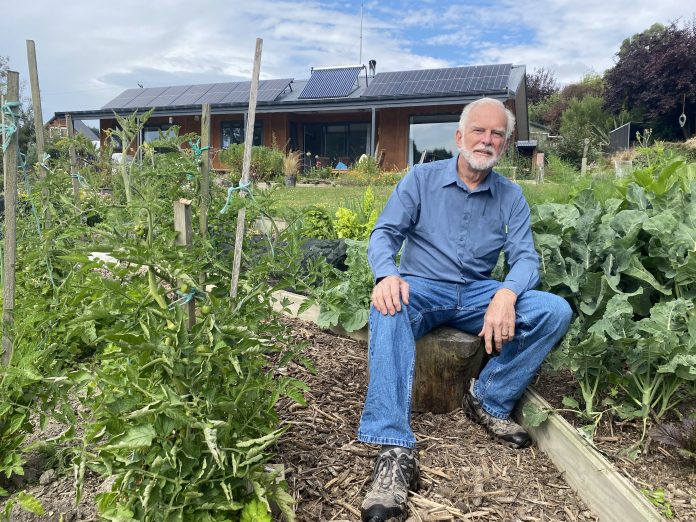
Phil Driver was not born with green fingers, they simply developed over time.
Two of his loves are science and books, but when both passions pointed to permaculture, he followed the path.
With a plentiful garden in Otipua, solar panels bringing water up from a bore and good neighbours to swap produce with, Dr Driver was not surprised that Otipua is an anagram of Utopia.
As the country headed towards shortages of fresh produce due to severe weather events, he wanted to reassure people it would not be catastrophic.
‘‘The farming community will step up, like they always do,’’ he said.
‘‘If they are getting higher prices for lettuces then they will grow them.’’
With climate change set to produce more shortages in the future, he wanted to remind people it was never too late to begin planting a garden. Dr Driver said that at this time of year people could plant leeks, lettuce, beetroot and broad beans.
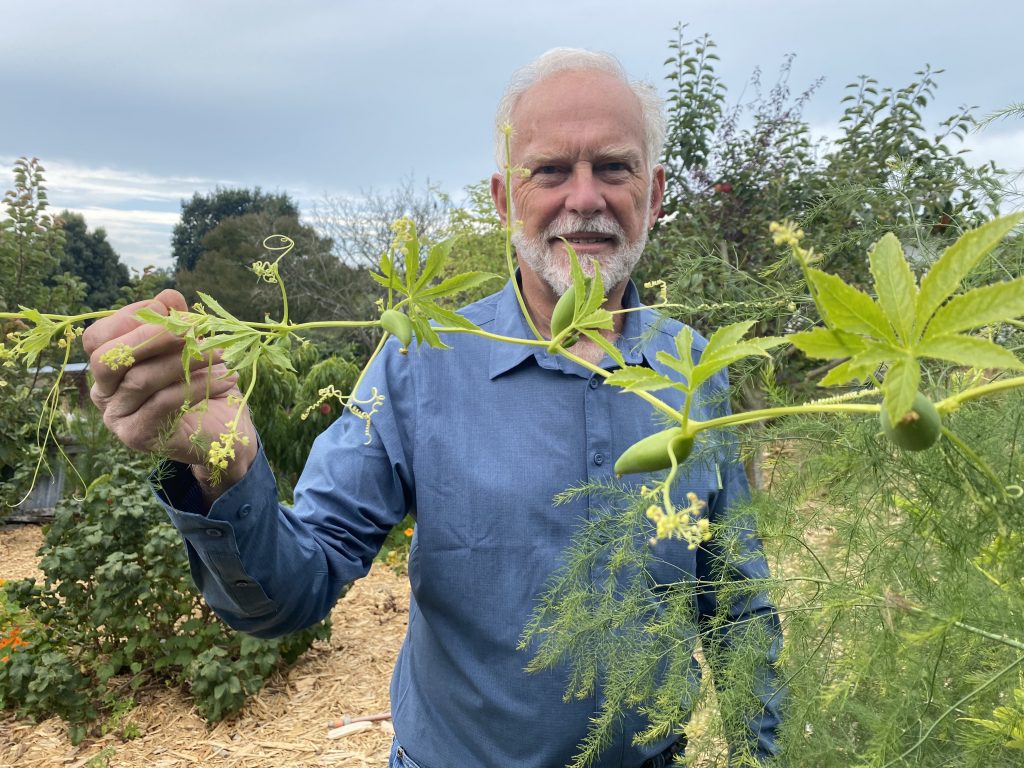
Brassicas could also be grown, but they would need an insect cover to shield them from white cabbage moths.
When asked which book was best for learning the rules of permaculture, his answer was ‘‘a notebook’’, as the key principle of permaculture was to observe and learn from what worked or did not work in your piece of land.
‘‘Then do more of what works.’’
He said while vegetables might grow happily on one side of the garden, they might struggle on the other side.
Seedlings bought at the nearby garden centre might have been grown in Pukekohe, and may not grow as well in a southern climate.
One thing people often neglected when growing vegetables was growing the soil.
If growers had the luxury of time, he encouraged sowing the area with a cover crop of something like mustard and barley.
‘‘Mustard is slightly toxic, so it gets rid of some diseases in the soil.’’
He recommended digging it over before it went to seed then sowing a crop of oats.
Once the oats were also dug into the ground, the garden was ready to be planted.
In spring, start planting easy things to grow like potatoes, runner beans, sweetcorn, broad beans, lettuces, spring onion and well-contained yams.
‘‘Don’t get too hung up on weeds.’’
While he recommend swapping vegetables with neighbours and workmates, he wanted people to remember to keep the crop mixed, as this reduced the transfer of pests and diseases between plants of the same species.
He has also been trialing alternative crops such as yacon, which ‘‘grows like a tall sunflower’’, and is a hardy crop that is disease resistant.
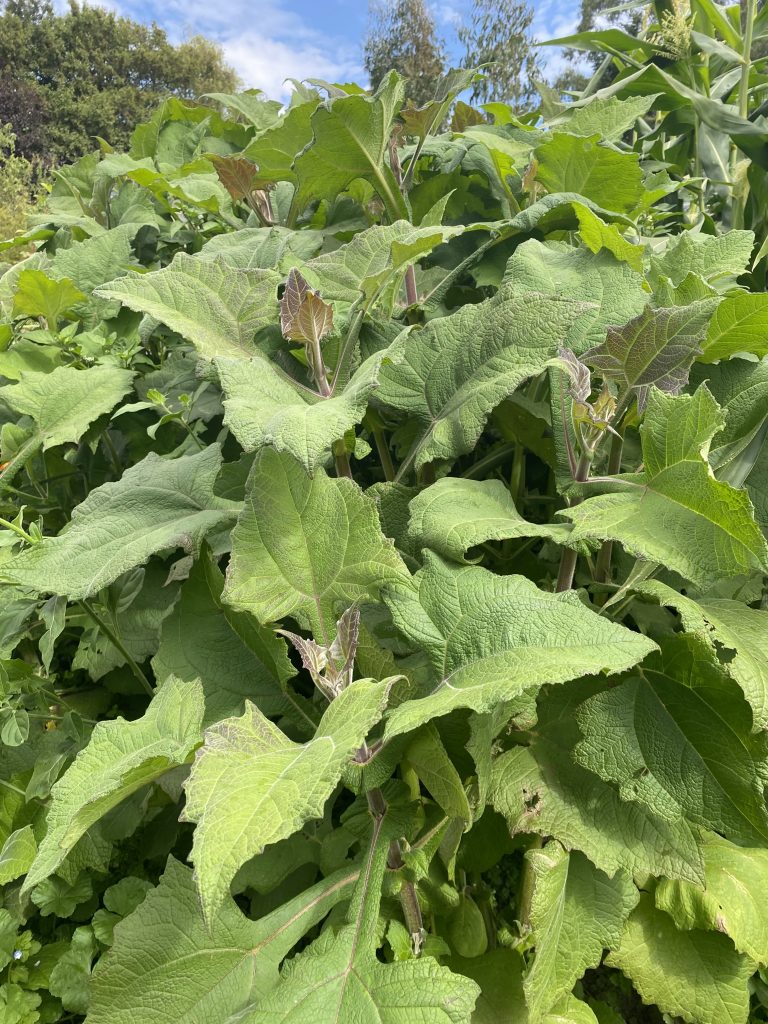
Dr Driver said it tasted like a cross between cucumber and apple, making it suitable for fruit salads or vegetable salads.
Yacon had the potential to become invasive, so the roots needed to be contained.
He recommended any interested residents join the South Canterbury Permaculture Guild Facebook page or Climate Action Timaru’s Growing the good together page.
He said while people often noticed a kingfisher in the distance, he had spotted one near his foot recently.
The bird had lost all of its caution as it hunted skinks in his garden.
The skinks had been lured to the property by strawberries and grass seeds so they could eradicate the slugs.
Dr Driver said he looked at the kingfisher and asked himself: ‘‘Whose side am I on, the kingfisher or the skink?’’
After a short reflection he decided he was on nature’s side.


